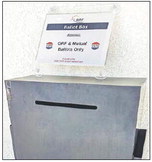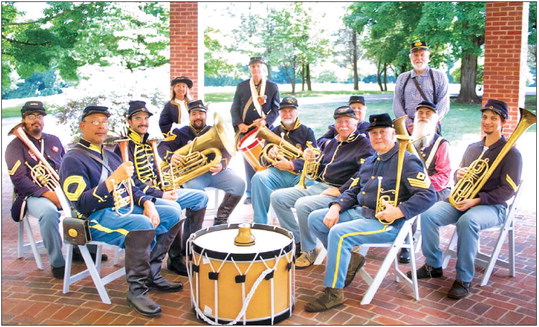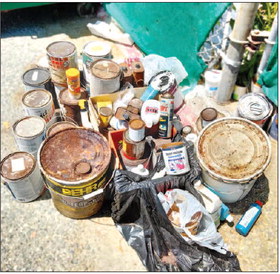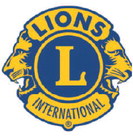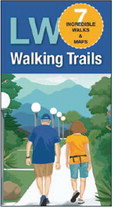Letters to the Editor
Editor:
I was reading a book in my enclosed patio at around 11:30 p.m. Oct. 9 when I heard something drop loudly. I wondered what it was, so I entered the room and looked around, but I couldn’t find anything amiss. I returned to my book. Then, I heard it again and decided to look outside into the darkness. To my surprise, I saw a coyote in front of my patio.
It was biting a white aluminum downspout that was screwed onto the downspout extension, tearing and pulling it off, creating quite a commotion. I started to record a video of it. The coyote took the downspout and began playing with the aluminum, biting it, lifting it, dropping it and playing with it continuously. It carried the downspout to a spot about 75 feet away from my patio.
I was surprised to see how wild it was and noticed another coyote near by. The second coyote appeared to be eating something. It seemed like they were having a party while the residents were asleep. The following morning, I walked to the area to look for any remnants. I found some rabbit fur.
Keechul (K.C.) Park Mutual 8 Editor:
I read in the paper (Oct. 12) paper of yet another collision at the intersection of St. Andrews and Golden Rain. Upon moving here over seven years ago it was readily apparent that this main intersection was dangerous. Years ago, I asked the executive director about the possibility of installing left turn arrows. His answer was, “That would add an additional 45 seconds to the cycle of the light.” The majority of us are retired...I think we can spare the time! Most recently I brought it up to another person in authority, whom I won’t name, and was told it would cost over a million dollars. Are we not a part of the City of Seal Beach? Would they not be responsible for part if not all of that cost? But if not, are we letting dollar signs take precedence over safety and possibly lives? And please, no more studies at a cost of $100,000 each just make a decision and install the left turn arrows. And while we’re at it “No Right Turn on Red” signs as well.
Karen Oja Mutual 9 Editor:
In response to Yuri Lotakov’s challenge (Oct. 12) to find out how closely the new Roland GP9 can equal the sound of “the real thing,” that can be answered by a visit to my home in Mutual 5. When my wife, Lynda, and I moved to Leisure World in 2014, we brought a Roland digital 88-note keyboard as well as a 7-foot, Style B Steinway grand. Surely, the new GP9 would be far superior to my Roland 88note keyboard, but I’m not so sure how the GP9 would match up against my Steinway. Yuri is welcome to come here to my home to find out!
Cedric Elmer Mutual 5 Editor:
I was surprised and delighted to see the article (Oct. 12) “Monitoring the Monarchs” and happy to learn that so many LW residents recognize the importance of planting milkweed to attract and bring back our butterflies. This was the goal of a special project in Mutual 8. Joanne Locnikar, with the support and funding of the Mutual through the efforts of its president, Jeri Dolch, and fellow officers, has established four butterfly gardens that are maintained by volunteers. Each garden has an aluminum stake with various butterflies on it, indicating it is a butterfly garden for all to enjoy. I became involved when a call went out for volunteers to plant and maintain the gardens.
Joanne and I traveled to nurseries to buy native plants and then watched over them carefully in the spring and summer, watering regularly until they were established and insect free. Most of the plants took and are thriving, and we are now at a point where we will cut them back this fall to generate even more growth come spring. We chose native plants that attract butterflies, including California summer lilac, buddleja, yarrow, salvia, balloon milkweed, coneflower, salvia, coyote mint, California milkweed, California Coastal Buckwheat, bush mallow, sticky monkeyflower, pin cushion and California fuschia.
I would like to encourage LWers to think about putting native plants into their gardens to support populations of unique pollinators (butterflies, bumblebees and birds to name a few).
Over the long haul, native plants also reduce maintenance since they’ve already adapted to California’s climate, soil types and insects so less fertilizing, less soil amendments and less use of insecticides is necessary. The best time to plant them is now, fall and winter.
Calscape and the California Native Plant Society have helpful websites that can help gardeners find plants unique to their zip code. Consider planting native plants or getting your Mutual on board to establish its own oasis for these three essential three essential pollinators—butterflies, bees and birds.
Barbara Gardner Mutual 8

